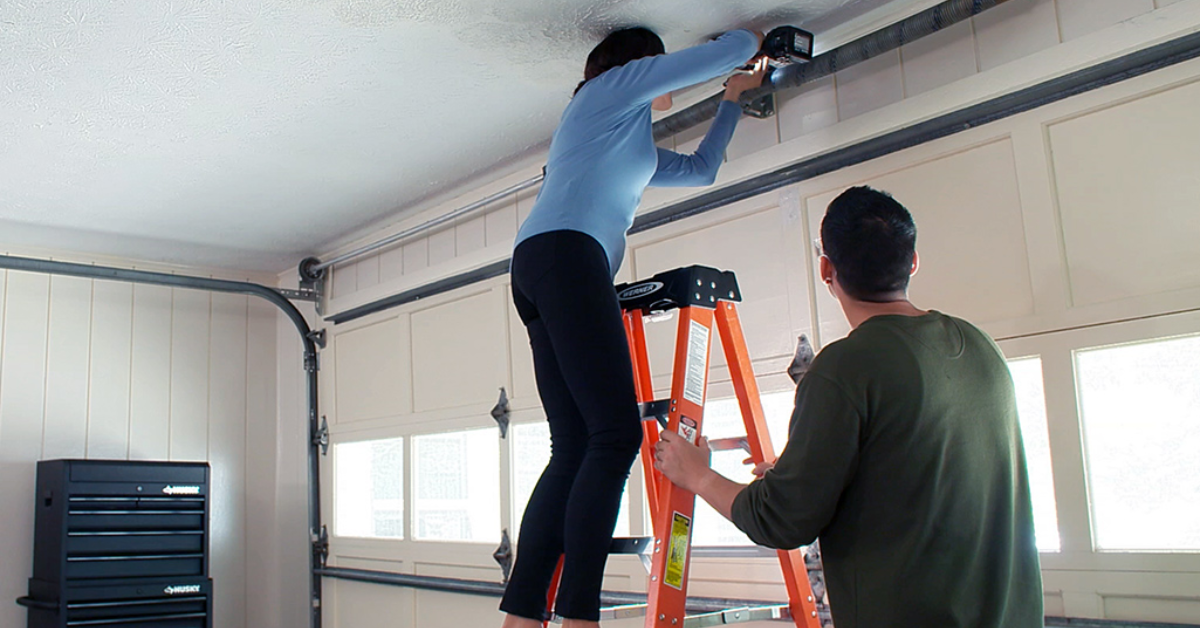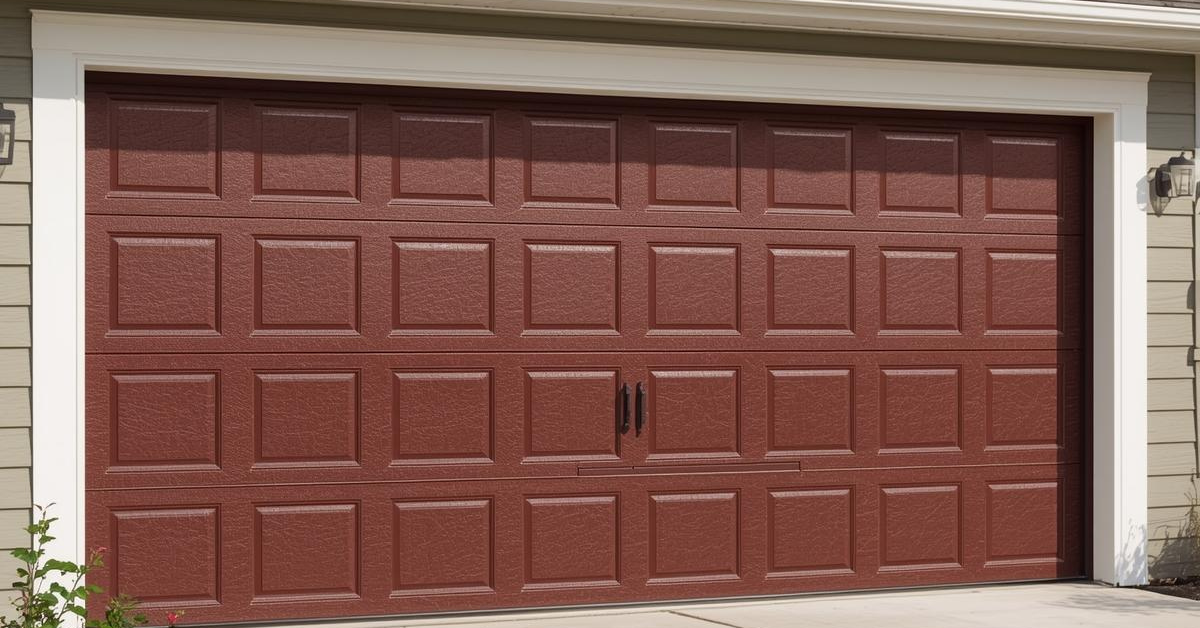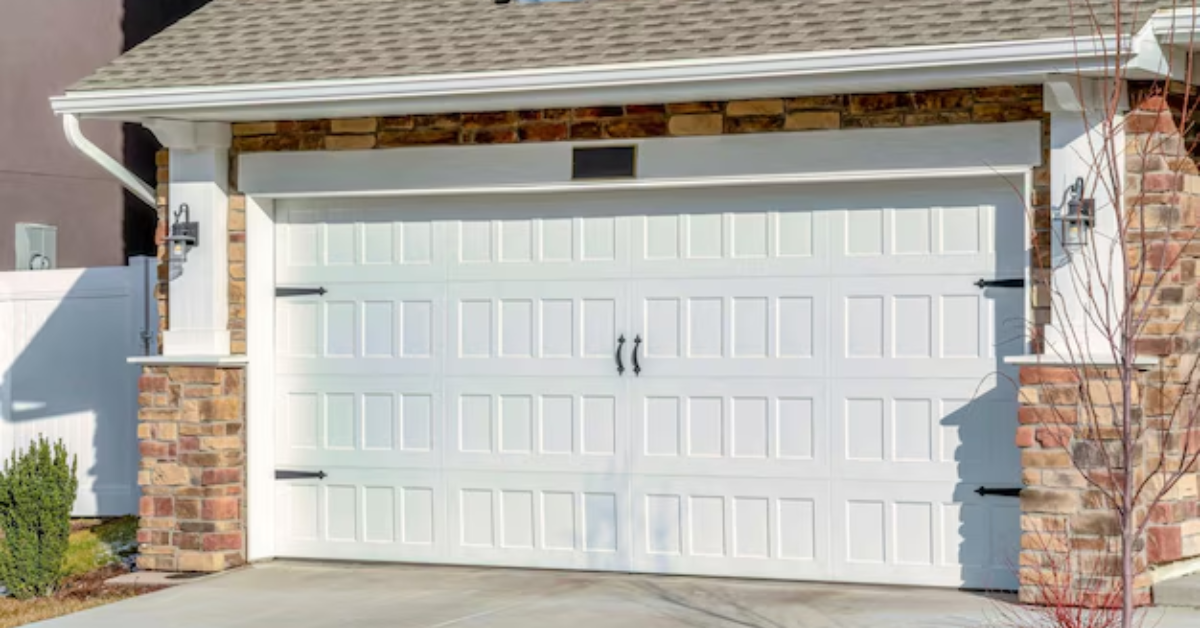Troubleshooting Garage Door Opener Issues
Your garage door opener, often underestimated yet indispensable in your daily life, plays a vital role in your household. It's the guardian that grants access to your personal haven, the silent sentinel that protects your vehicle and belongings from the elements. We seldom give it a second thought until that ominous moment when it grinds to a halt, leaving us stranded with a heavy door and a nagging sense of inconvenience.
We’ll see here the intricate world of troubleshooting
garage door opener issues, shedding light on the importance of a functional garage door opener and the
common challenges homeowners face. Just as a dependable butler stands ready to assist, your garage door opener should be at your beck and call, making life more convenient and secure. We'll navigate the murky waters of malfunction, helping you restore this essential component to its rightful role in your daily life.
Safety Precautions
When working on troubleshooting your garage door opener, it's important to prioritize safety above all else. These machines are powerful and have moving parts, making them potentially dangerous if mishandled. To ensure a safe working environment, consider the following precautions:
Always disconnect the power source before you start working on your garage door opener. This can be done by either unplugging the opener or switching off the power at the circuit breaker. This precaution prevents any accidental activation of the opener while you're working, reducing the risk of accidents.
Pay attention to your clothing. It's advisable to wear snug-fitting attire to prevent it from getting caught in the moving parts of the opener. Loose clothing can pose a significant risk, so make sure to dress appropriately.
Exercise caution with your hands. Keep your hands and fingers away from moving parts like chains and belts. The last thing you want is to get your fingers caught, which could result in injuries.
Ensure that you're working in a well-lit environment. Proper lighting is essential for safety. It allows you to see what you're doing clearly, reducing the likelihood of mistakes or accidents.
Keep kids and pets away from the area where you're working. This is a basic safety precaution to prevent accidents and injuries. Children and animals can be curious, so it's important to create a safe workspace.
Necessary Tools and Equipment
To troubleshoot your garage door opener effectively, having the right tools and equipment at your disposal is essential. These tools are like your trusted companions during the troubleshooting process. You'll need the following items:
- Screwdrivers: Both flathead and Phillips screwdrivers are handy for various tasks, such as tightening screws and bolts on the opener.
- Pliers: Pliers are versatile tools that can help you manipulate wires and connectors, especially for tasks involving electrical components.
- Wrenches: You might need wrenches of different sizes to adjust nuts and bolts on the garage door opener.
- Lubricant: Lubricant is essential for keeping the moving parts of the opener running smoothly. It reduces friction and prolongs the life of the opener.
- Safety Glasses: Protect your eyes with safety glasses, especially when working with tools or in dusty environments. Safety glasses shield your eyes from potential debris or hazards.
- Electrical Tester: An electrical tester or voltage meter is a valuable tool to ensure there's no electricity running to the opener while you work on it. It helps you avoid electrical accidents.
- Step Stool or Ladder: Depending on the height of your garage door opener, a step stool or ladder may be necessary to reach certain components effectively.
By adhering to safety precautions and having the necessary tools and equipment on hand, you can troubleshoot your garage door opener with confidence while minimizing the risk of accidents and ensuring a more efficient repair process.
Basic Checks
When you encounter issues with your garage door opener, it's a good practice to start with some fundamental checks. These basic checks can often reveal the root cause of the problem and are easy to perform, even if you're not a seasoned DIY enthusiast. The following are key areas to consider:
Power Source
Begin by inspecting the circuit breaker or fuse associated with your garage door opener. Sometimes, a tripped circuit or a blown fuse can be the reason for the malfunction. If you find a tripped breaker or a blown fuse, reset the breaker or replace the fuse as needed. This simple step can often resolve power-related issues.
Remote Control
- If your garage door remote control is not working, the first thing to check is the battery. Batteries can lose their charge over time, and replacing them is a quick and cost-effective solution. Open the remote, replace the battery with a new one, and see if the problem is resolved.
- If changing the battery doesn't help, signal interference may be the culprit. Various electronic devices and even neighboring garage door openers can interfere with the signal from your remote. Ensure that there are no sources of interference nearby, and reprogram your remote if necessary.
Wall Switch
Examine the wall switch that controls your garage door. Make sure the wires and connections are not loose or damaged. Sometimes, the issue may be as simple as a loose wire that needs to be securely reconnected. If you notice any damaged wires, they should be replaced. Ensuring the switch is properly connected is essential for it to send the right signals to the opener.
Sensor and Safety Reversal System
The sensor and safety reversal system within your garage door opener are pivotal components that ensure both safety and smooth operation. When these elements experience issues, it can result in a range of operational problems. Here are steps to effectively address these concerns:
Sensor Alignment
The sensors on your garage door opener are engineered to detect obstacles in the path of the closing door. Misalignment can lead to the door either not closing or unnecessarily reversing. To rectify this:
- Begin with a visual inspection, noting the sensors' location on each side of the garage door near the ground. Confirm they face each other without any obstructions blocking their line of sight.
- Proceed to adjust the sensor positions if misalignment is detected. Utilize a level to ensure they align precisely both vertically and horizontally. Tighten the mounting brackets to maintain their positions.
- Conduct a test by operating the door to ascertain that it now closes properly. If it doesn't, fine-tune the alignment as needed for optimal sensor performance.
Sensor Cleaning
Over time, sensor lenses can accumulate dirt, dust, and debris, causing functionality issues. Regular cleaning is essential for maintaining their effectiveness:
- Begin by disconnecting the power to the garage door opener to ensure safety during the cleaning process.
- Clean the sensor lenses with a soft, clean cloth, avoiding abrasive materials or harsh chemicals that may scratch or damage the lenses.
- Inspect the sensor wiring for potential damage or loose connections, ensuring it is intact and properly connected to the opener.
- Reconnect the power to the opener and test the door to confirm whether the cleaning has resolved the issue.
Safety Reversal Test
Safety reversal is a vital feature of garage door openers, ensuring door movement reversal upon encountering an obstruction. To evaluate the safety reversal system:
- Place a solid object, such as a piece of wood, in the closing path of the garage door.
- Operate the door to close it using your remote or wall switch.
- Observe the door's response, expecting it to automatically reverse when making contact with the object. If it fails to reverse or does so with difficulty, consider an adjustment or repair to the safety reversal system.
It is paramount to maintain properly aligned and clean sensors and ensure the effective function of the safety reversal system to prevent accidents and promote the safe and efficient operation of your garage door.
Lubrication and Maintenance
Maintaining your garage door opener involves more than just reacting to issues—it's about preventing problems from arising. Regular lubrication and maintenance are necessary for ensuring the longevity and smooth operation of your garage door system. Lubrication is a key player in reducing friction and wear on moving parts, extending your opener's lifespan and preventing unwelcome creaks and groans.
To maintain a smoothly running garage door opener, focus on the moving parts, including tracks,
rollers, hinges, and
springs. Use a silicone-based lubricant to minimize noise and prevent premature wear, avoiding heavy oils that attract dirt. Establish a regular maintenance schedule, with bi-annual checks and extra inspections after
extreme weather. During these checks, look for hardware wear, tighten loose bolts or nuts, and confirm proper door balance. A consistent maintenance routine can save you from costly repairs and prolong your opener's life.
Troubleshooting Specific Issues
When your garage door opener isn't functioning as it should, it's time to dive into specific troubleshooting based on the problem you're facing. Here are common issues and how to address them:
Garage Door Won't Open or Close
If your garage door refuses to open or close, start by checking the basics. Ensure that the power source is intact and that there are no obstructions in the door's path. If these are not the culprits, examine the garage door's photoelectric sensors to ensure they are properly aligned. Misaligned sensors can prevent the door from operating. Also, check for broken springs or cables, which might require professional repair.
Unusual Noises
Unusual noises from your garage door opener are often indicative of underlying problems. Start by inspecting the tracks for debris or obstructions that may be causing friction. Lubricate the moving parts to reduce noise and wear. If the noise persists, investigate the condition of the garage door's rollers, hinges, or springs, as they may need replacement.
Partial Movement
When your garage door opens or closes only partially, it can be a sign of imbalances or obstructions. Inspect the tracks and rollers for any debris or obstacles, and clear them if necessary. Check the garage door's balance by disconnecting the opener and manually lifting the door. If it doesn't move smoothly or stays partially open, the springs may be worn or misadjusted, and professional repair might be required.
Remote Control Problems
Remote control issues are often related to the remote itself or its signal. First, check the remote's batteries, as depleted batteries can prevent the signal from reaching the opener. If the batteries are fine, reprogram the remote to the opener by following the manufacturer's instructions. Signal interference from other devices can also affect remote performance, so ensure there are no sources of interference nearby.
Keypad Issues
If your keypad isn't functioning, inspect the battery, and replace it if needed. Ensure that the keypad is clean and free from debris. Re-enter the access code to make sure it's accurate. If the keypad still doesn't work, consider resetting it according to the manufacturer's instructions. Keypad malfunctions are often resolved through basic maintenance and reprogramming.
Professional Help
When you face garage door opener issues beyond basic troubleshooting, professional assistance may be required. It's advisable to call a technician when safety concerns arise, such as broken springs or malfunctioning sensors, and when complex repairs, involving internal mechanisms or extensive fixes, are needed. If issues persist after DIY attempts or to maintain the manufacturer's warranty, professional repairs are often the best choice.
Selecting the right technician for effective opener issue resolution involves seeking recommendations from trusted sources, checking for necessary credentials and insurance, reading online customer reviews, comparing quotes for fair pricing, prioritizing experienced technicians familiar with your opener, requesting written estimates to avoid misunderstandings, and confirming any guarantees or warranties offered for added peace of mind. These guidelines help ensure you choose a reliable garage door technician capable of efficiently addressing your opener issues while preserving the longevity of your garage door system.
Conclusion
Troubleshooting garage door opener issues is a practical skill that can save you time, money, and inconvenience. From basic checks to addressing specific problems and knowing when to seek professional help, this guide equips you with the knowledge to keep your garage door opener running smoothly. Regular maintenance, safety precautions, and a keen eye for potential issues will ensure the longevity of your garage door system. By following these guidelines and practicing a proactive approach to opener care, you can enjoy your garage door's convenience and security for years to come.




